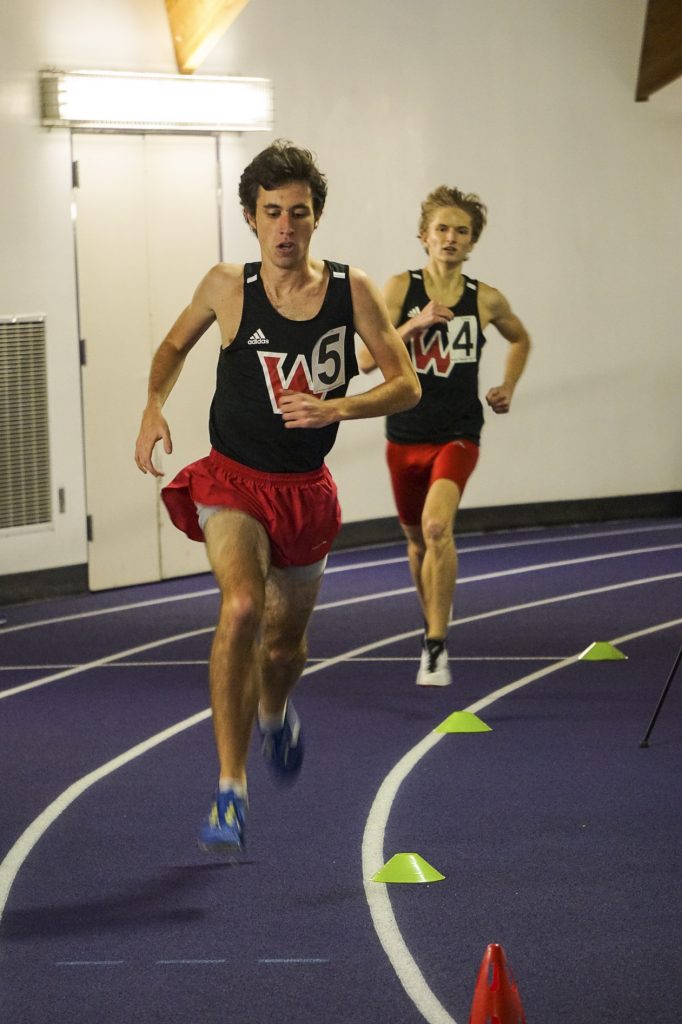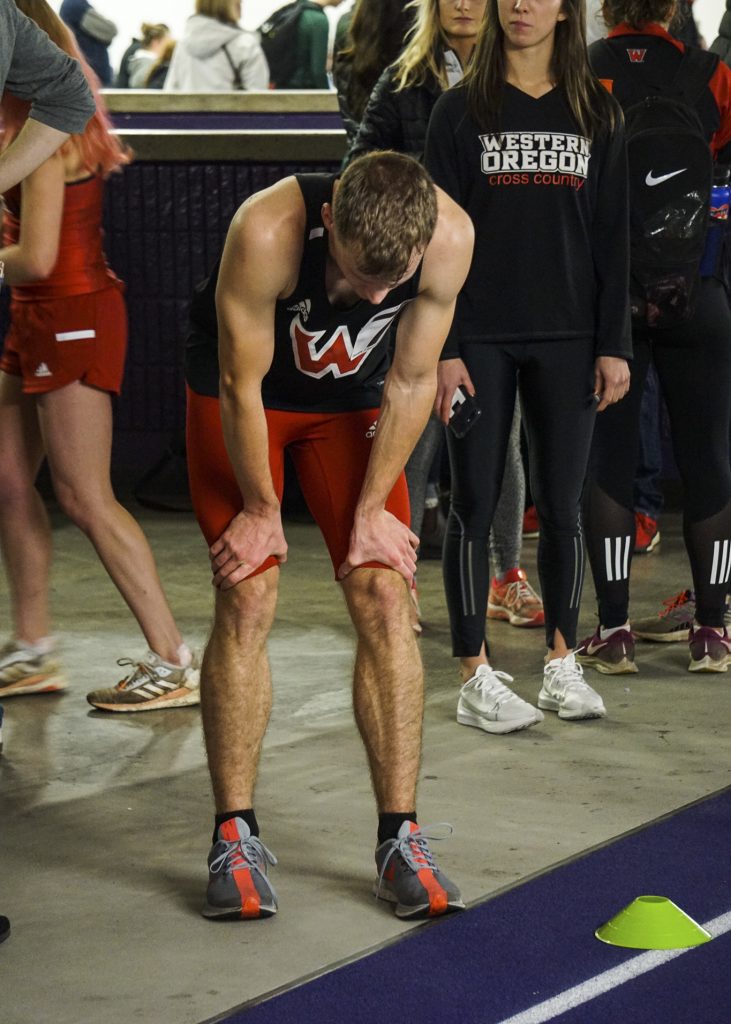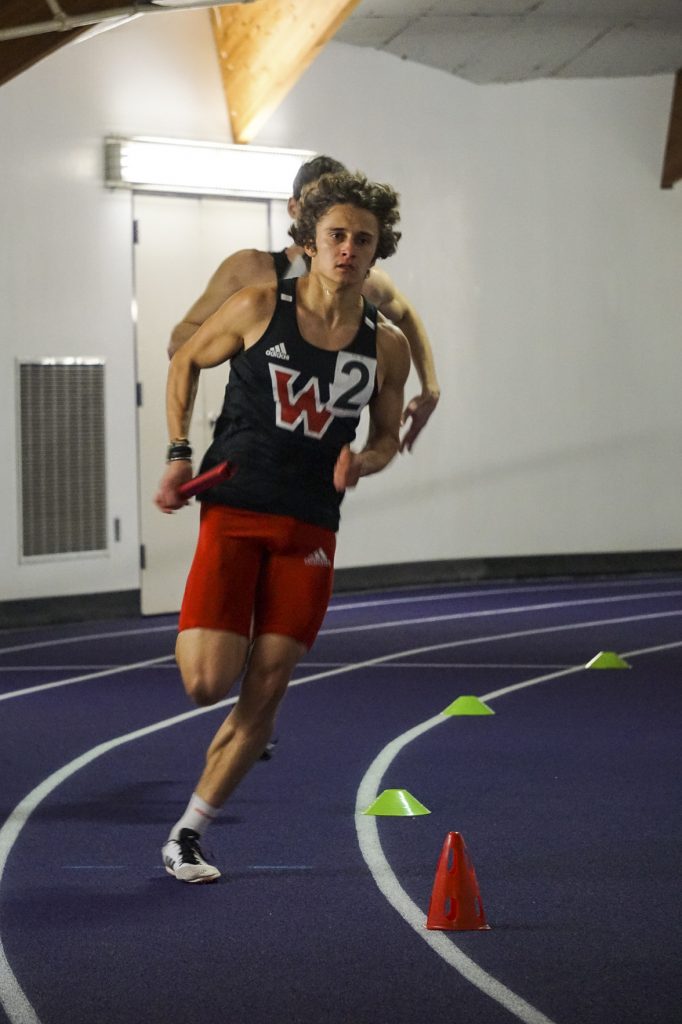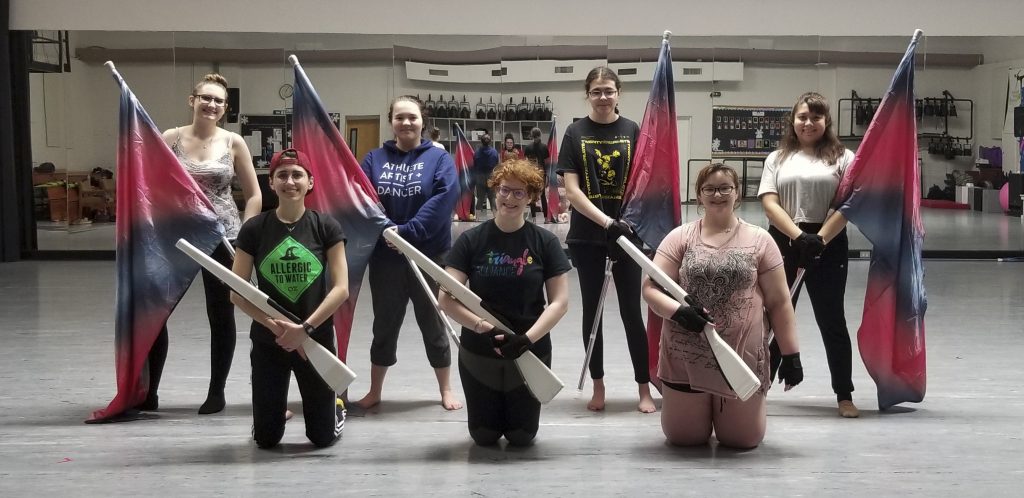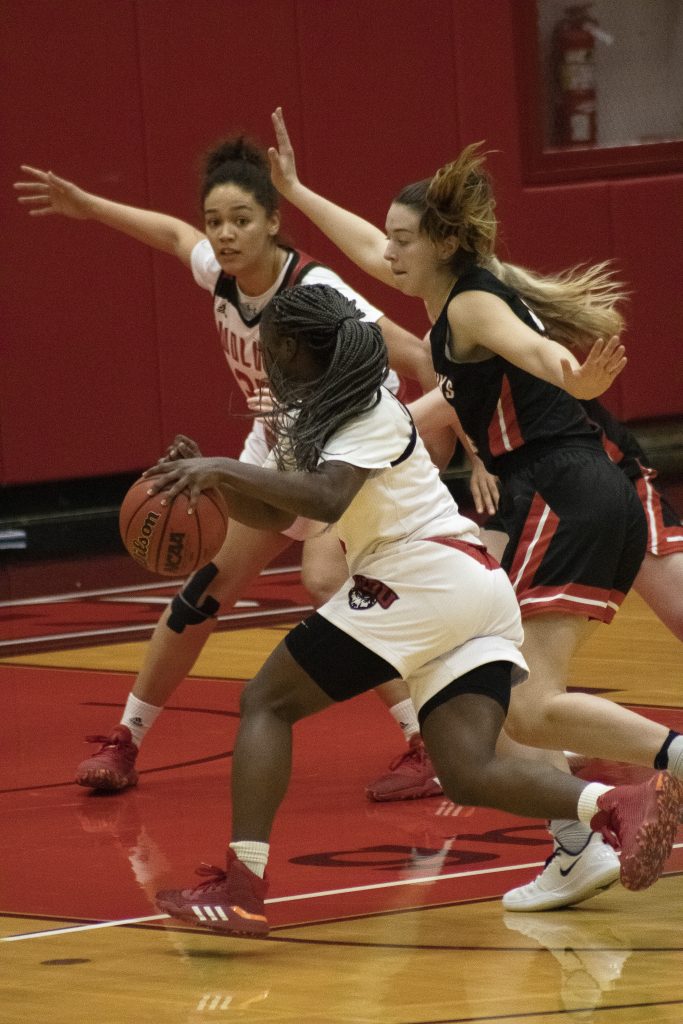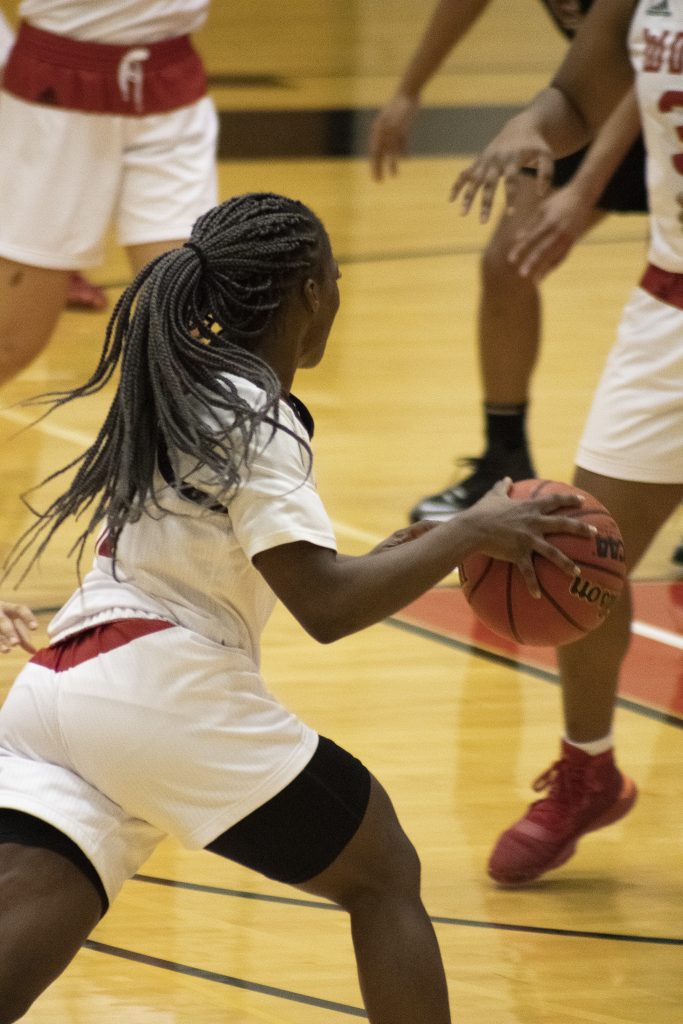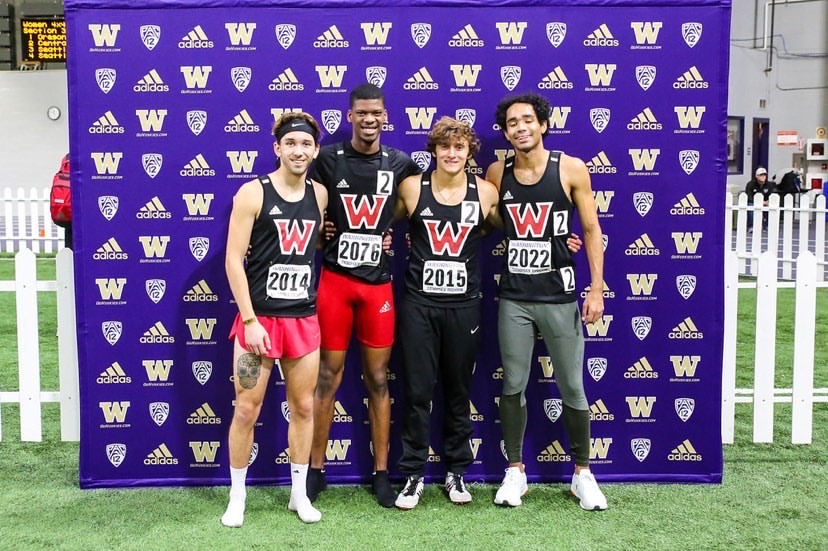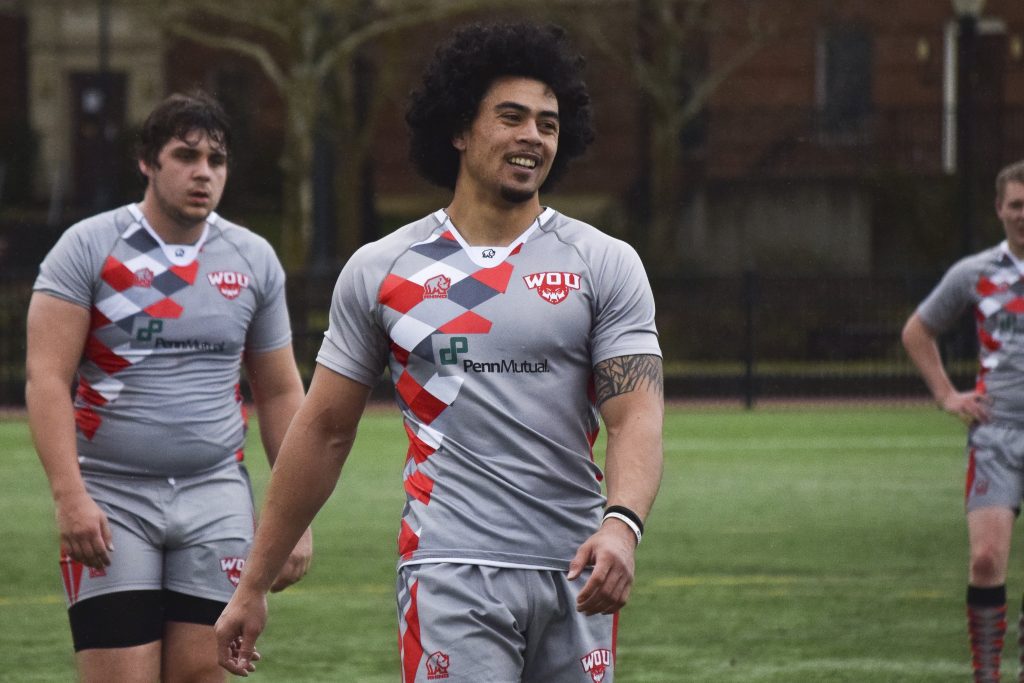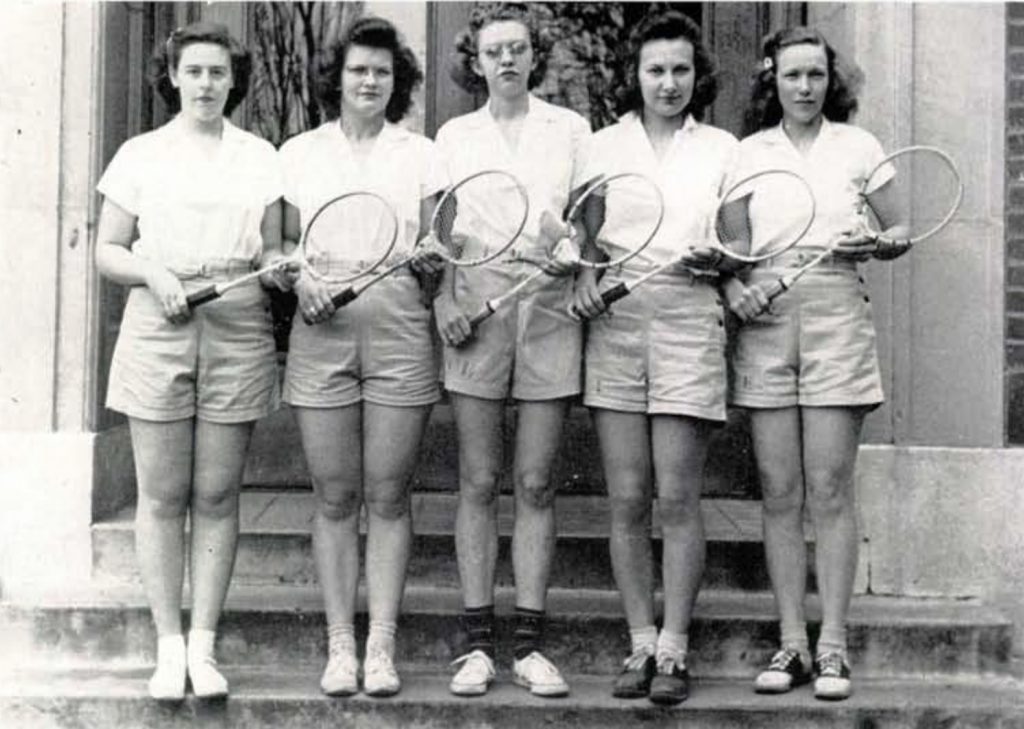
Caity Healy | Managing Editor
If one were to look at Western’s varsity athletics in 2020, they’d see six sports offered specifically for women. What might not be so easily seen is the history that went into getting to this point.
While it’s commonplace to now look at schools and see an equal offering of varsity-level athletics for men and women — largely due to Title IX — it wasn’t always this way. While Western Oregon University was going through its many name changes between the 1920s to the 1970s, it was also going through a large change in the way women were provided access to athletics on campus — through the rise and fall of the Women’s Athletic Association.
The first mention of the WAA at Oregon State Normal School came in 1928 through the yearbook, then titled “The Norm.” By this point, some sports existed for women on campus already. In fact, the women’s basketball team dates back to the beginning of the century. But, it was one of the only sports provided on a varsity-level for women. Therefore the WAA was established to, “promote further interest in athletics for women and good sportsmanship.”
With the WAA came more options for women. The athletic offerings varied over the years, but throughout its time on campus, some sports to choose from included baseball, hiking, basketball, soccer, swimming, tennis, volleyball, folk dancing, archery, horseshoes, tumbling, volleyball and more.
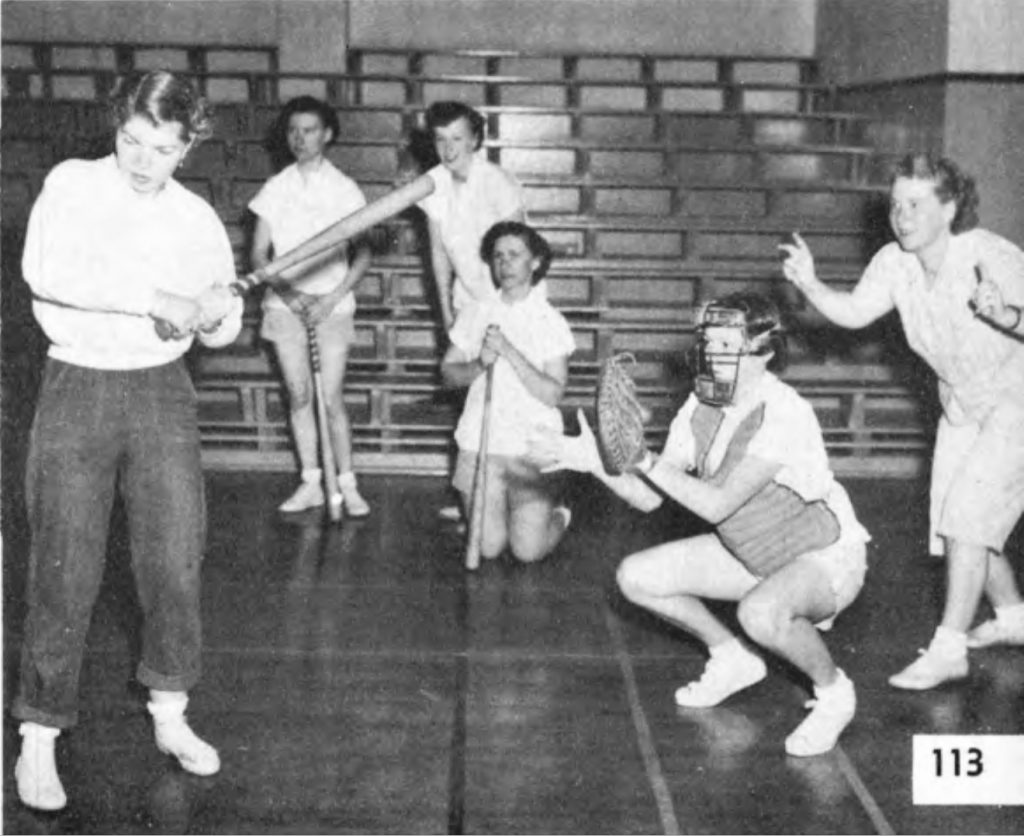
When it first began, any female student was able to participate. But, by 1930, the WAA made some changes to the rules governing the organization: students had to earn 50 points to remain eligible as a member of this association.
The point system, as explained in the 1930 “The Norm,” rewarded points to women based on which sport they chose to participate in, and based on how frequently they participated. For instance, if one made “class team” for basketball, they’d earn 100 points. If they were “second class” in basketball, they earned 75 points. If one made varsity in tennis, they’d earn 500 points. If they hiked 100 miles on the hiking team, they’d earn 100 points. To remain eligible as a member, women had to earn 50 points; to become eligible for the Women’s Order of the “O” — which was a way to recognize outstanding athletes — they had to earn 250. And finally, if they were to earn 500 points, they would get a sweater.
Mentionings of the WAA changed abruptly in the 1950s, as it turned from Women’s Athletics Association to Women’s Recreation Association. At this point, it seemed they were no longer considered to be school teams, but rather, intramural teams. There also was no longer a point system; according to the 1950 yearbook “The Grove,” “No exceptional skill or talent is required for these activities and all girls are encouraged to participate.”
From that point on, the mentions of WRA were lessened by the year. While still a part of campus, it moved from being included with athletics to being grouped with clubs and organizations. Through the 1950s and 1960s, women’s varsity athletic teams did exist on campus — the focus, however, tended to lie on men’s athletics.
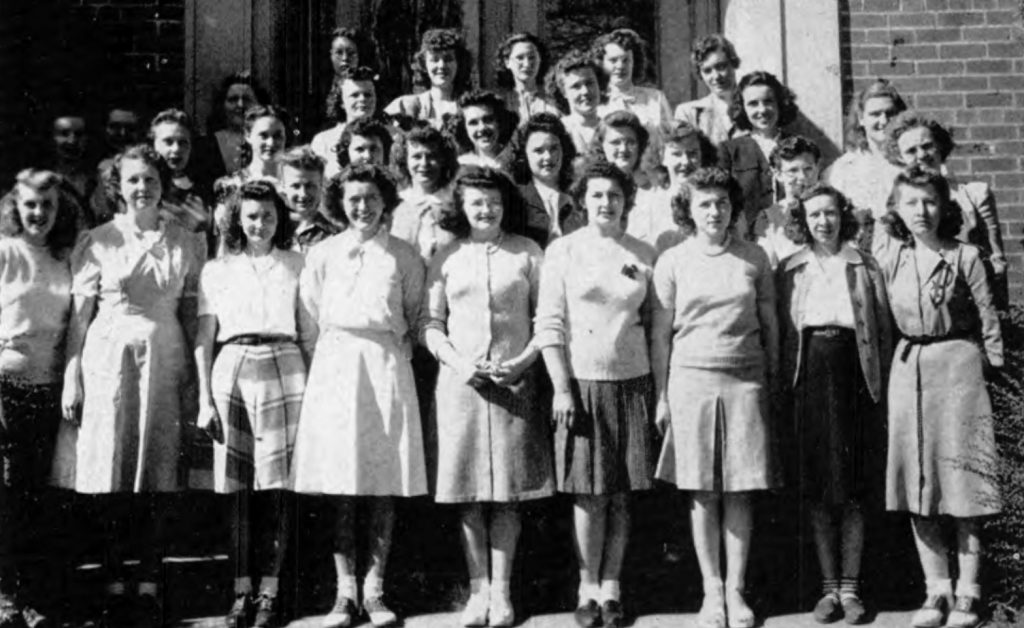
The last time WRA is explicitly mentioned in the archives is in the year 1970. After that, it became “Women’s Athletics,” and was considered to be on the same level as men’s sports. This, perhaps, coincides with the passing of Title IX in 1972.
“No person in the United States shall, on the basis of sex, be excluded from participation in, be denied the benefits of, or be subjected to discrimination under any education program or activity receiving Federal financial assistance,” states Title IX under the U.S. Department of Education.
While there’s no factual proof that Title IX resulted in the death of WRA, there is certainly a reason to speculate. WAA/WRA existed because women wanted to play sports, but they weren’t given the means to play at the level that their male counterparts were. Through Title IX, there was no need for this organization anymore. Women athletics were legally mandated to be offered at the same level as men’s.

Though the Women’s Athletic/Recreation Association no longer exists at Western, its legacy lives on through the team sports that the organization once spearheaded on this campus.
Contact the author at chealy16@mail.wou.edu
Photo courtesy of WOU wolves


